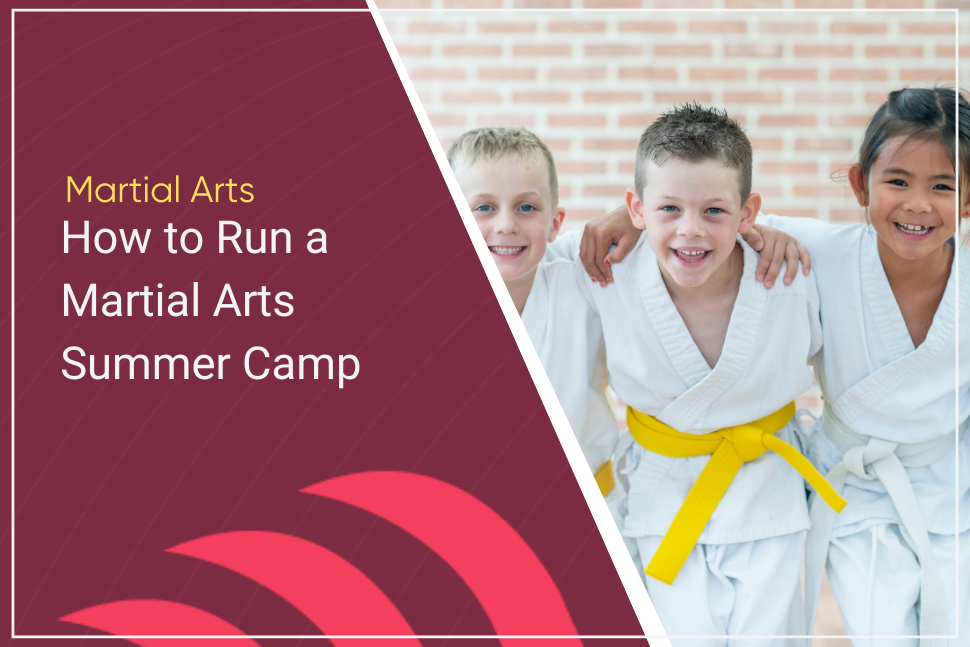In the moments you choose to do battle with your fears, you discover what warriors are made of. The discipline of martial arts breeds warriors who know that overcoming is a combination of perseverance, adaptability, and pure grit.
In that regard, the discipline may be missing a demographic of silent heroes who persevere through daily challenges. From physical limitations to cognitive differences, there are nearly 240 million children in the world living with a disability who could reap the benefits of an adaptive martial arts program.
Martial arts programs typically ignore this demographic, or else relegate them. But it’s possible to productively include all people living with disabilities into martial arts training – and extremely rewarding.
Defining an Adaptive or Special Needs Martial Arts Program
With more than 180 types and martial arts styles practiced worldwide, it’s nearly impossible to define a blanket answer to inclusion. Every discipline is governed by its own set of rules, criteria, and regulations. Instead, think of adaptive in terms of the following:
- Modifications: Consider whether your discipline can be taught using no, some, or significant changes while still achieving the objective.
- Inclusion: Project how your adaptive program can be structured on steps leading to an inclusive experience with other martial arts gym goers.
- Rules: As you develop an adaptive martial arts program, bear in mind whether the instruction will lead to achieving belt ranking or competition standards.
For some disabilities, the need to be competition ready isn’t a concern, as participating in a martial arts program is the sole advantage. Still, the ability to overcome and compete will be a driving force for other limitations.
The key to special needs martial arts is for students to have an adaptive martial arts program modified to meet the challenges ahead. Using specific, measurable, and repeatable processes based on adaptation theory – like the TREE approach to sports inclusion – allows everyone to participate at their ability level.
How to Adapt Classes: The TREE Structure
Developed by sport scientists in Australia, TREE is an acronym for Teaching style, Rules, Environment, and Equipment. Each of these categories requires an individualized assessment of student ability. TREE may be most helpful if it’s thought of as a mentality approach whereby you filter thinking according to the elements.
Teaching Style
Coaches set the tone for training success. In this model, TREE emphasizes that instruction delivery is crafted with student ability in mind. This requires an encompassing approach that addresses all aspects of activity delivery, including:
- Simple language and instruction.
- Physical ability or limitation.
- Adaptation using visual supports.
- Using peers or physical assistance.
Suppose your adaptive martial arts gym will serve children on the autism spectrum or those with ADHD. In that case, it is essential to simplify the instructional language. Additionally, incorporating visual cues throughout the gym indicating expectations of the designated areas will help these children cue their recall.
Rules
There’s a lot that goes into martial arts movements. Even a simple jab requires the coordination of your head, non-jab hand, and footwork. Approaching instructional design from the TREE method allows you to introduce rules in the most simplistic way leaving room for expansion later.
Once your students have the appropriate stance, they can learn how to throw a straight jab. Later, you can build in head placement and protective coverings from the non-jab hand.
After the foundation is laid for this basic move, you’ll work on stepping into and following through with leg work later. You can adapt the rules for basic understanding while leaving room to build mastery.
Environment
Environment plays a critical role in behavior for certain disabilities. People with ADHD and autism can both be impacted by too much or too little sensory input from their environment. When instructing students from a TREE mindset, you’ll want to minimize environmental distractions.
Evaluate the type of environment that would enable the most impactful lessons and make modifications. This could look like limiting the number of people in the gym during your adaptive program. You may need to eliminate music during these sessions or have a quieter area to practice in.
Equipment
Some martial arts programs use more equipment than others. Whether your gym will use suplex dummies, breaking boards, or speed bags, an adaptive program will enable students to use the equipment with modifications while building on a fundamental skill set.
Adapt but Don’t Lose Sight
The love of martial arts doesn’t come when a fighter delivers a knock-out blow. It’s developed in the fire and the trial of training itself.
Regardless of the specific discipline, all forms of martial arts share a love of overcoming adversity and personal development. With that in mind, adaptive programs have unlimited potential to develop an underdog demographic.
In fact, one recent study found that children on the autism spectrum who were exposed to a 13-week mixed martial arts program in an adaptive setting significantly improved social skills and decreased problematic behaviors, including:
- Improved Body Regulation
- Increased Self-Confidence
- Decreased Temper Outbursts
- Demonstrate Social Reciprocity
- Increased Verbal & Non-Verbal Communication
Noteworthy of this study is that the instructors did not know which children were part of the research and which were regular adaptive gym members. Children were taught alongside peers and experienced professionals. The outcome is a significant victory boasting the benefits of martial arts on a diverse population.
If martial arts is about the love of overcoming challenges, ensure your adaptive program still meets the objective of your discipline.
Don’t make lessons so easy that they aren’t challenging or limit the student’s ability to grow in the space of effort. Everyone can’t do all things, but all people can do some things, and that’s where adaptive martial arts will build confidence.
The story of Aaron is a great example of how to effectively adapt your martial arts program for special needs.
The Takeaway of Teaching Adaptive Martial Arts
Learning a martial arts discipline means learning how to love being forged in a fire. The process of rising to a challenge is addicting and naturally builds a legacy of confidence and skill. As a coach, you know that feeling deeply and the desire to watch others come alive in the sport can be very rewarding.
Applying the scientific principles of TREE while upholding discipline standards will help you achieve a successful adaptive martial arts program – a meaningfully positive force in the lives of people with disabilities and their families.
If you’re ready to fuel a fire in an underserved demographic, put the principles of this article to work and start serving your community with an adaptive martial arts class.
 Gym Owner Statistics: The State of Gyms, Member Trends, and Usage Data
Gym Owner Statistics: The State of Gyms, Member Trends, and Usage Data



